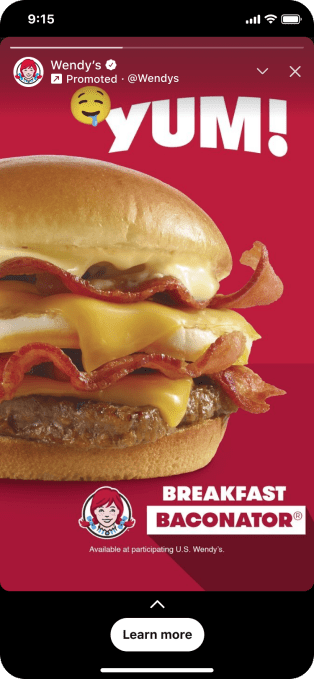News: Opting for a debt round can take you from Series A startup to Series B unicorn
For many early startups, debt financing is not an option. If companies want to preserve equity, however, debt can be an advantageous choice.
Contributor
Debt is a tool, and like any other — be it a hammer or handsaw — it’s extremely valuable when used skillfully but can cause a lot of pain when mismanaged. Fortunately, this is a story about how it can go right.
At the beginning of 2020, my company, Quantum Metric, was on a tremendous growth curve. We couldn’t have been more excited — and then COVID hit. Suddenly, everything was up in the air. Customer behavior quickly began to reflect the uncertainty we all felt, and my team wasn’t immune to it, either. Like most, we sweated through the first few months of the pandemic.
If companies want to preserve equity, debt can be an advantageous choice.
On the one hand, we felt it might be our time to shine, as digital solutions rose to the surface even in industries that were previously slow to adopt them (think banking and airlines). On the other, companies were trying to lock up as much cash as they could, as fast as they could. What if our customers weren’t able to pay us?
One thing became crystal clear: We needed cash, too. First and foremost, we needed it to protect the company against the income loss we anticipated from customers who were having an especially tough time — namely, those who relied on in-person business as a major revenue source.
Second, we needed cash in order to scale. As the weeks following the initial shelter-in-place orders ticked by, the rush toward digital grew exponentially, and opportunities to secure new customers started piling up. A solution to our money problems, perhaps? Not so fast — it was a classic case of needing to spend in order to make.
Most startups face this dilemma at some point. Some face it continuously. We needed a way to funnel capital into growth and manage to stay cash strong, which was important for another reason: As we headed downstream toward a Series B funding round, we were hesitant to devalue the company (and employee shares) any more than was absolutely necessary.
“There are no solutions, there are only trade-offs,” Thomas Sowell wrote about politics. It’s no different in business. We knew that for Quantum Metric to succeed, we had to give up something in the future in order to get what we needed in the short term. Choosing a debt round as a younger company ran the risk of cash-flow misalignment down the road, but in the same vein, an equity round might have made subsequent funding rounds more challenging.
Whatever we did, we had to do fast, and we had to do it in a chaotic venture capital environment (that may be an understatement). In some meetings, it felt as if VC money had dried up completely. In others, record deals were being made. Startups were bypassing IPOs and going public via SPACs and direct listings. Factoring in the amount of hype that was permeating the market (something I’ve never been a fan of), the “wise” decision felt elusive. As you know from the headline of this piece, though, we chose debt, and it paid off.
The benefits of choosing debt over equity
There ended up being two “layers” of benefits to our debt round. The benefits of the first layer correspond directly with the goals I mentioned above; we got the cash we needed in order to expand — which meant investing in our team, product, marketing and infrastructure — and avoided diluting the company’s value for existing shareholders in the process.








